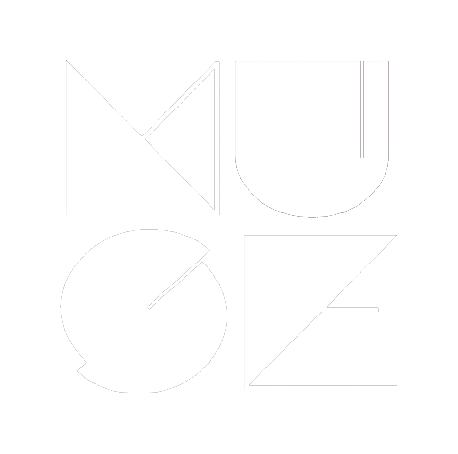Wait, Access to Drinking Water is *Actually* A Canadian Issue?
Disclaimer: Queen’s University is situated on traditional Anishinaabe and Haudenosaunee territory. To acknowledge this traditional territory is to recognize its longer history, one predating the establishment of the earliest European colonies. The author would also like to add she is writing this article as a non-Indigenous person and acknowledges that these experiences pose a national crisis that are vitally important, but are not her own.
When we hear that there are individuals without access to clean drinking water, our privileged-primed Canadian minds often picture Malawi or Somalian women head-carrying water from wells kilometers away. We associate this lack of water access to countries labelled ‘developing’, places across oceans in crises we cannot possibly contextualize or relate to. The truth is that these individuals live all throughout Canada, in the very provinces we call home, Parliament Hill just doesn’t want you to realize that. There is nothing more important than unsullied water, and nothing more constricting than water advisories. These advisories should be taken incredibly seriously as they pose prominent negative health implications. It indicates that there is a physical risk to drink, bathe in, brush your teeth with, or cook with the water that comes from the tap. Water is vital for the human body, even just to maintain everyday bodily functions.
At the time when Justin Trudeau was first elected in 2015, there were 126 drinking water advisories nationally within Indigenous communities. The Liberal party committed to resolving them entirely by March of 2021. Come March of 2021, a progress report published by the Canadian government showed that there were still 58 long-term advisories in 38 communities. We’ve heard this devastating story time and time again. Politicians commit to promises for a shot at election success, set goals within deadlines that are entirely attainable; yet fail to follow through. So why do we keep falling for it?To utilize a pertinent example, since 1919, the city of Winnipeg has been sourcing its drinking water from the Shoal Lake #40 Indigenous reserve, 155 kilometers east of the metropolitan area. Winnipeggers can enjoy this water freely, straight from the tap at their convenience. Despite this, Shoal Lake residents were placed under a 25-year-long boil water advisory. This means that there is nearly a full generation of Shoal Lake residents who have never had the opportunity to drink clean water without needing to boil and test it. Evidently, this is a major health and human rights inequity. This advisory was only recently lifted as of September 15th, 2021, with the recent installation of a treatment facility.In 2010, the United Nations classified water and sanitation as human rights, yet 73% of First Nations’ water systems are at high varying risk levels of contamination. Despite the implementation of these classifications, the government of Canada has neglected to provide adequate care and clean water for the individuals occupying their very country. This is an abysmal lack of attention and a clear position of bias and inequity, something Indigenous communities have been on the receiving end of for centuries.
Many Indigenous individuals and organizations are advocating and fighting for these rights. Notably, 17-year-old Autumn Peltier has been the face of the fight as Chief Water Protector for the Aniishnabek Nation community, having been called a ‘water warrior’. She is doing phenomenal work as a global environmental activist and water-rights advocate. However, it is important to keep in mind that this issue is not exclusively an Indigenous one. Non-Indigenous allies are important and necessary in this fight, by using our privilege and educating ourselves change can truly be amplified.While there are many dates and statistics highlighting this problem, it is important to remember that this is not solely a numbers issue, but one that affects individual people. Contaminated water is dangerous especially to young people who do not have immune systems as strong and resilient as adults. Their central nervous, digestive, and immune systems are still developing. This is a vulnerable stage whereby environmental toxins, such as impaired water sourcing, can provoke permanent damage. Lack of access to clean drinking water is an inoperable concern.
In 2021, Canada went through another controversial federal election cycle. During the French language debate, political candidates Justin Trudeau, Jagmeet Singh, Erin O’Toole, Annamie Paul, and Yves-François Blanchet, lengthily discussed the subject of water advisories in Indigenous communities. Concluding statements from the moderator were “in the next Leaders’ Debate, it would be great if we didn’t have to be asking this question” echoing the sentiments of Canadians who want to see this issue resolved once and for all.Despite the obvious dangers and risks, the federal government doesn’t monitor wells (regardless of the fact that 20% of Indigenous communities use them as primary sourcing). Moreover, there is an absence in tracking waterborne illnesses and subsequent deaths related to quality issues.This issue desperately needs to be resolved for good because dozens and dozens of Indigenous communities still do not have access to their most basic necessities. There is so much catching up to do and the slow lift of these water advisories are long overdue. Canada ’s “sweep-it-under-the-rug” approach to Indigenous politics never was, and is certainly no longer, acceptable.
HEADER IMAGE SOURCE: ISAAC MURDOCH




